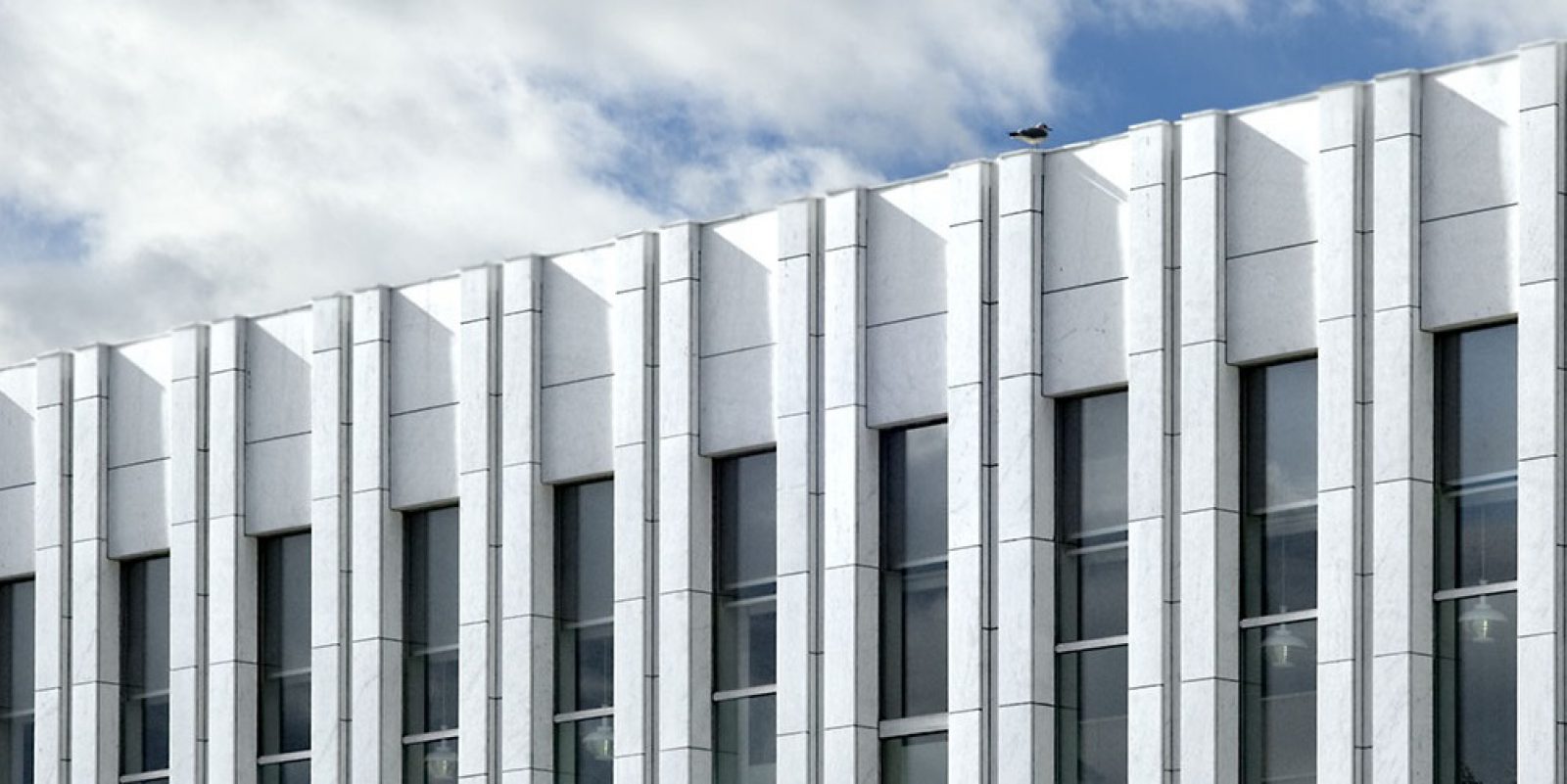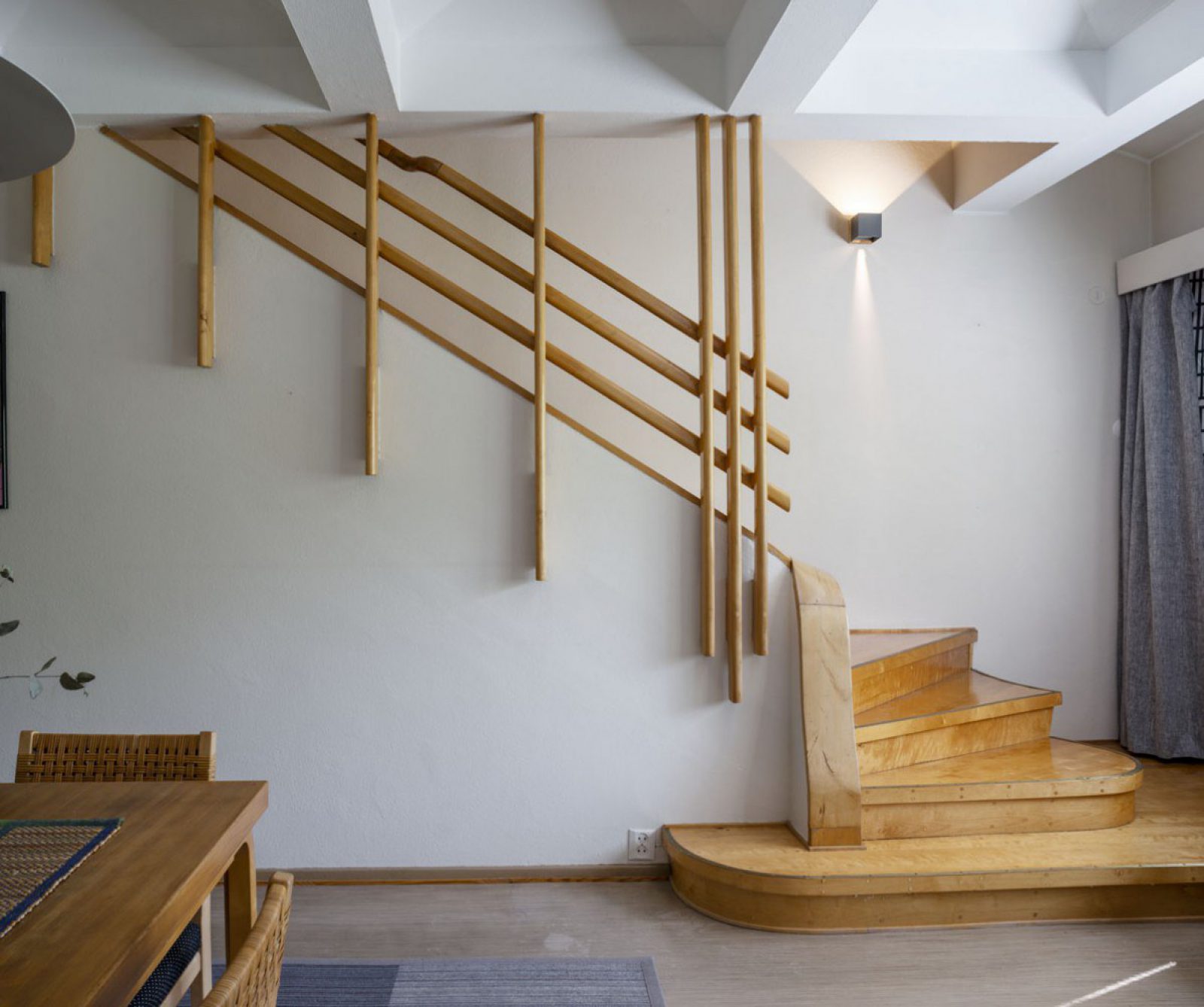
Aalto Works
The architecture of the Aalto studio is the most world-renowned and well researched of all Finnish architecture. It belongs among the masterworks of modernist architectural heritage, and the work of the Aalto studio continues to influence contemporary architecture. The Finnish Heritage Agency has prepared for UNESCO the “Aalto Works”-nomination in cooperation with the Alvar Aalto Foundation, ICOMOS world heritage experts, and the stakeholders, owners and users of the series. The nomination dossier will be submitted to the UNESCO World Heritage Site Committee by February 1, 2025.
The national intention to nominate Aalto serial property to the World Heritage List was approved in 2021, and the preparation of the actual proposal began under the leadership of the Finnish Heritage Agency in 2022. The proposal will be submitted to UNESCO's World Heritage Committee at the beginning of 2025, and a decision is expected in the summer of 2026.
Recognizing the value of the modern built heritage
The series of thirteen Aalto buildings and sites form a single thematic entity, which is being proposed as a World Heritage Site under the title “Aalto Works”.
The maintenance of more recent Finnish architecture is important from the point of view of sustainability. Among the modern built heritage, there are particularly valuable architectural sites that must be preserved. As a World Heritage Site, the importance and special value of the Aalto architecture and design will become internationally recognized.
The sites, completed in a period from the 1930s to the 1970s, and their preservation will help people relate to the experiences of previous generations, as well as understand continuity and the importance of cultural heritage. The historical arc of the Aalto series begins with the progress made in early public healthcare in the Paimio Sanatorium and ends with the Finlandia Hall as the stage for culture and international congresses.
The objectives of the Humanistic Aalto Architecture proposal:
- Preservation of valuable architectural heritage
- Networking between properties and stakeholders (owners, users, administration, associations, etc.).
- Gathering and production of knowledge.
- Making known the modern built heritage.
- Clarification and development of maintenance and management models.
- Consideration of sustainability and non-discrimination.
- Identification of risks and challenges.
Photo of Finlandia Hall (Helsinki, 2010), photo: Maija Holma, Alvar Aalto Foundation
The Aalto sites in the proposal
The Finnish Heritage Agency is continuing preparations based on the tentative list proposal submitted in 2021. Background material is being compiled for the nomination proposal in cooperation with the sites, owners and experts. An administration model will be set up for the Aalto serial properties in the manner required for designation as a World Heritage Site.
The Aalto sites included in the proposal, according to when they were built:
- Sunila Housing Area, Kotka
- Paimio Sanatorium, Paimio
- Säynätsalo Town Hall, Jyväskylä
- Aalto Centre, Seinäjoki
- The Social Insurance Institution Main Office, Helsinki
- Finlandia Hall, Helsinki
- Aalto House, Helsinki
- Aalto Atelier, Helsinki
- Experimental House, Jyväskylä
- House of Culture, Helsinki
- Aalto Campus, Jyväskylä
- Church of the Three Crosses, Imatra
- Villa Mairea, Pori
The Finnish Heritage Agency as the executor of the World Heritage Convention in Finland
Finland ratified the World Heritage Convention in 1987. The executor of the convention in Finland is the Finnish Heritage Agency, which also issues grants for the development and maintenance of Finland's World Heritage sites.
At the same time as the proposal prepared by the Finnish Museum Agency, Metsähallitus Parks and Wildife Finland has been preparing the Saimaa Geopark, a natural site selected from Finland's tentative list, for UNESCO's World Heritage List. The preparations were discontinued in 2023.
The Aalto architects in the proposal
Architect and designer Alvar Aalto (1898–1976) founded his first architectural office in 1923. During his lifetime, he participated in more than 500 building projects, ranging from housing to significant public buildings, production facilities and regional plans, both in Finland and abroad. The extensive production of the Aalto studio has influenced the international development of modernism. (Source: Arne Heporauta: Alvar Aalto Architect 1898-1976, Alvar Aalto Foundation, 1999)
Architect Aino Marsio (1893–1949) began as an employee in Alvar Aalto's office in 1923. Aino and Alvar got married in 1924. Aino Marsio-Aalto worked as a designer alongside her husband. Aino Aalto was a founding partner of Artek and served as its leading designer in 1935–1940 and then as CEO in 1941–1949. The couple's close cooperation in their joint architectural studio ended with Aino's illness and death in 1949. (Source: Ulla Kinnunen (ed.); Aino Aalto, Alvar Aalto Museum, 2004)
Elissa Aalto (born Elsa Mäkiniemi, 1922–1994) began working as an architect in the Aalto studio in 1949. Alvar and Elissa Aalto got married in 1952. Elissa Aalto worked as an architect in the Aalto studio until the end of her career. She managed the studio for 18 years after Alvar Aalto's death. (Source: Mia Hipeli (ed.); Architect Elissa Aalto, Alvar Aalto Foundation 2022)
It is difficult to pinpoint the role of the different designers in the extensive production of the Alvar Aalto studio, because the works have mainly been carried out in the name of the studio. All in all, around three hundred employees worked in the office during its existence, of which at least one-fifth were foreign employees. (Source: Göran Schildt: Alvar Aalto: A Life's Work – Architecture, Design, Art. Otava Publishing Company Ltd, 1994)
What is Aalto architecture known for?
The reputation of the Aalto architecture grew with the success achieved in furniture and exhibition design as well as in architecture and design competitions. Among the early completed works, the Paimio sanatorium and Viipuri library were widely published internationally. The international contacts that the Aaltos purposefully forged proved of great importance. Alvar Aalto achieved a position in the canon of European modernism as an architect who produced simple architecture suitable for the mainstream of international modernism. At the same time, human warmth, organic and sculptural forms, as well as a relationship with the local building tradition, materials and surrounding nature were identified in the works. (Source: Charlotte Ashby: Modernism in Scandinavia: Art, Architecture and Design, Bloomsbury Publishing, 2017)
Pekka Suhonen summed up Aalto architecture in an article written after the architect's death: "Aalto's humanism has been achieved by studying man, and by finding proportions, spaces and materials natural to him, by creating harmony, warmth, stimulation and a life-affirming environment around him. That has been the task of the best architecture at all times." (Source: Helsingin Sanomat, 13.05.1976)
Lisätietoa medialle
